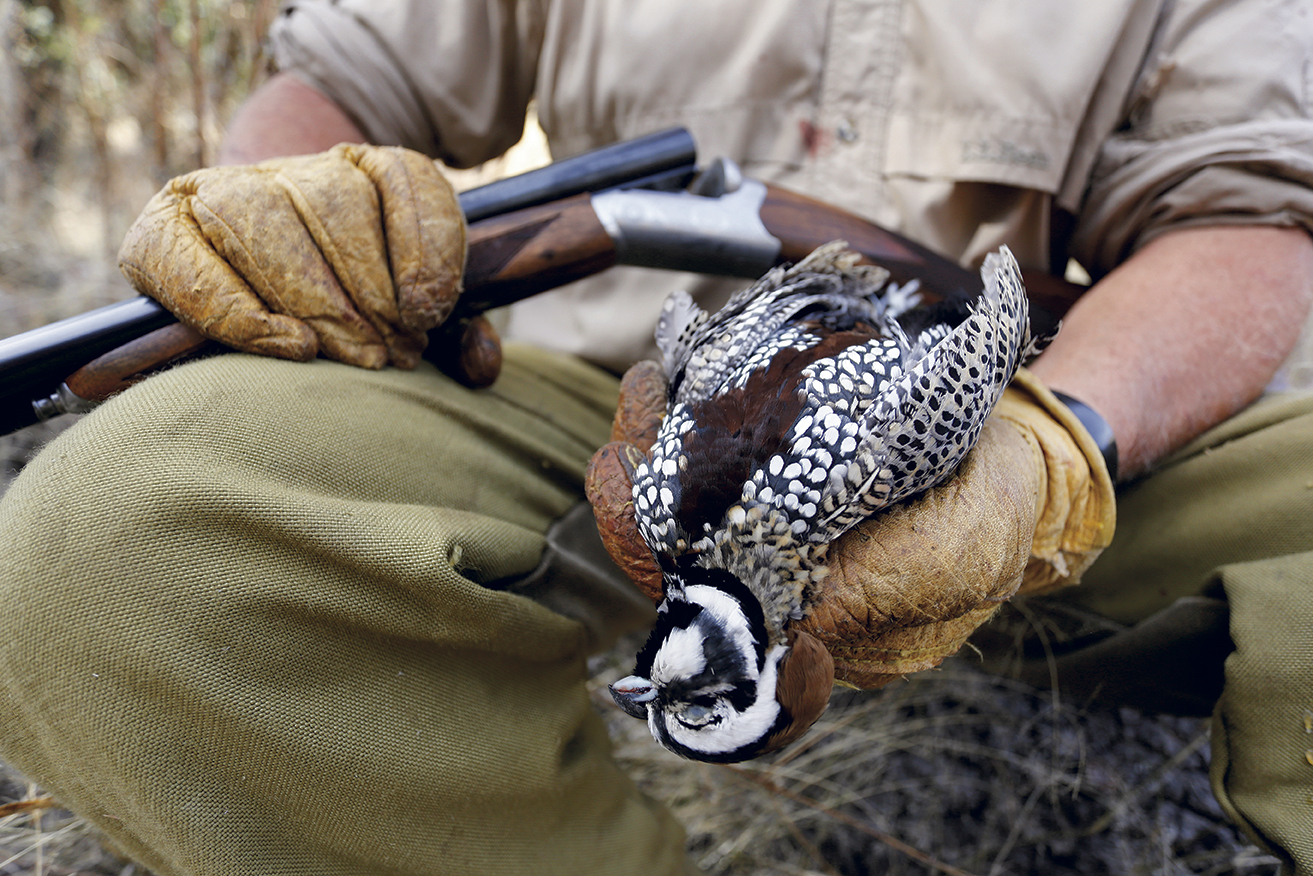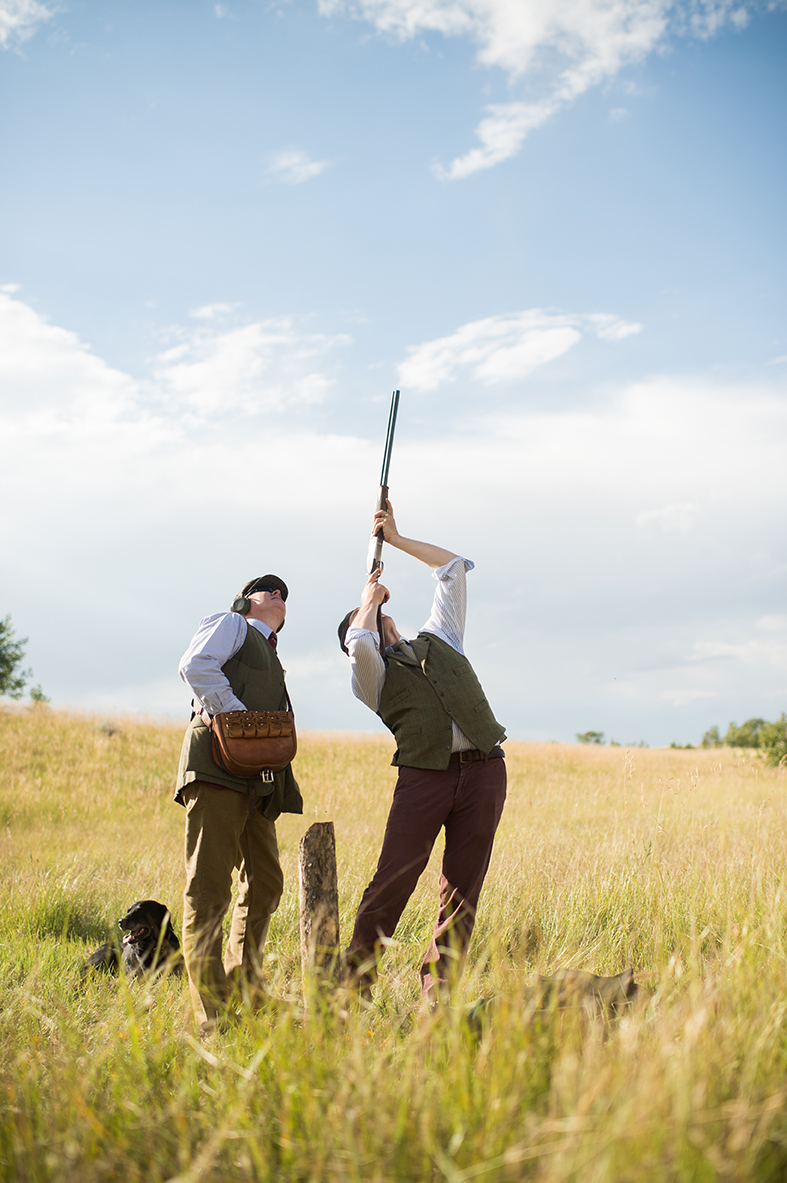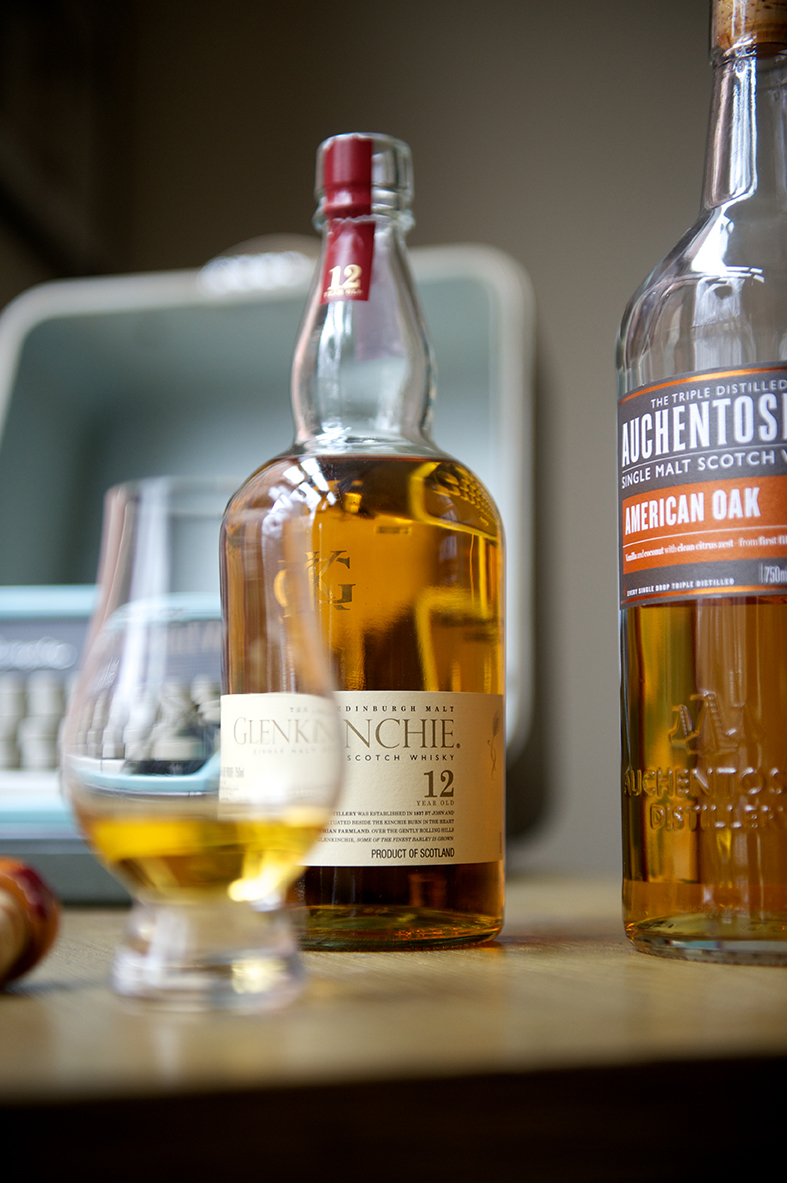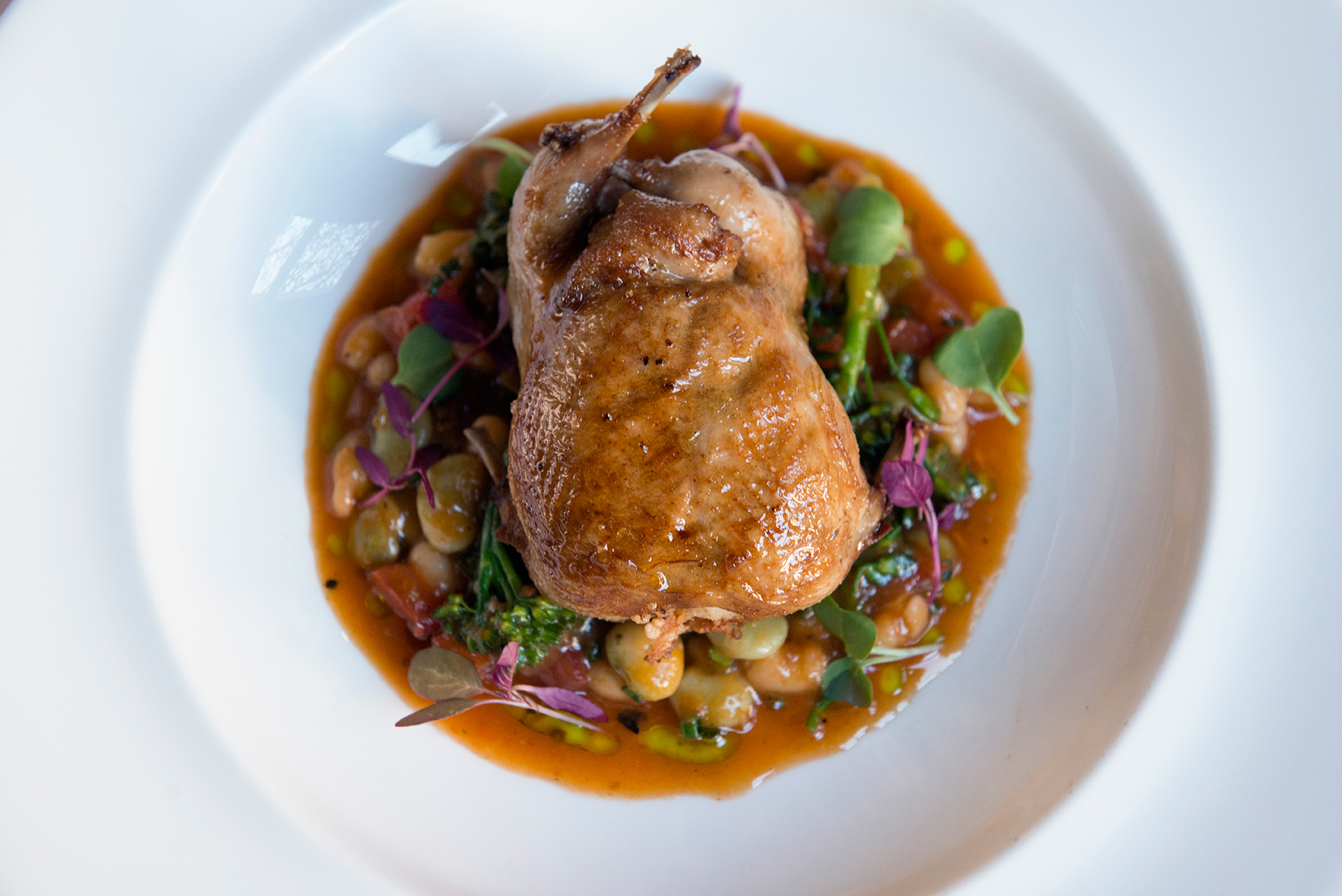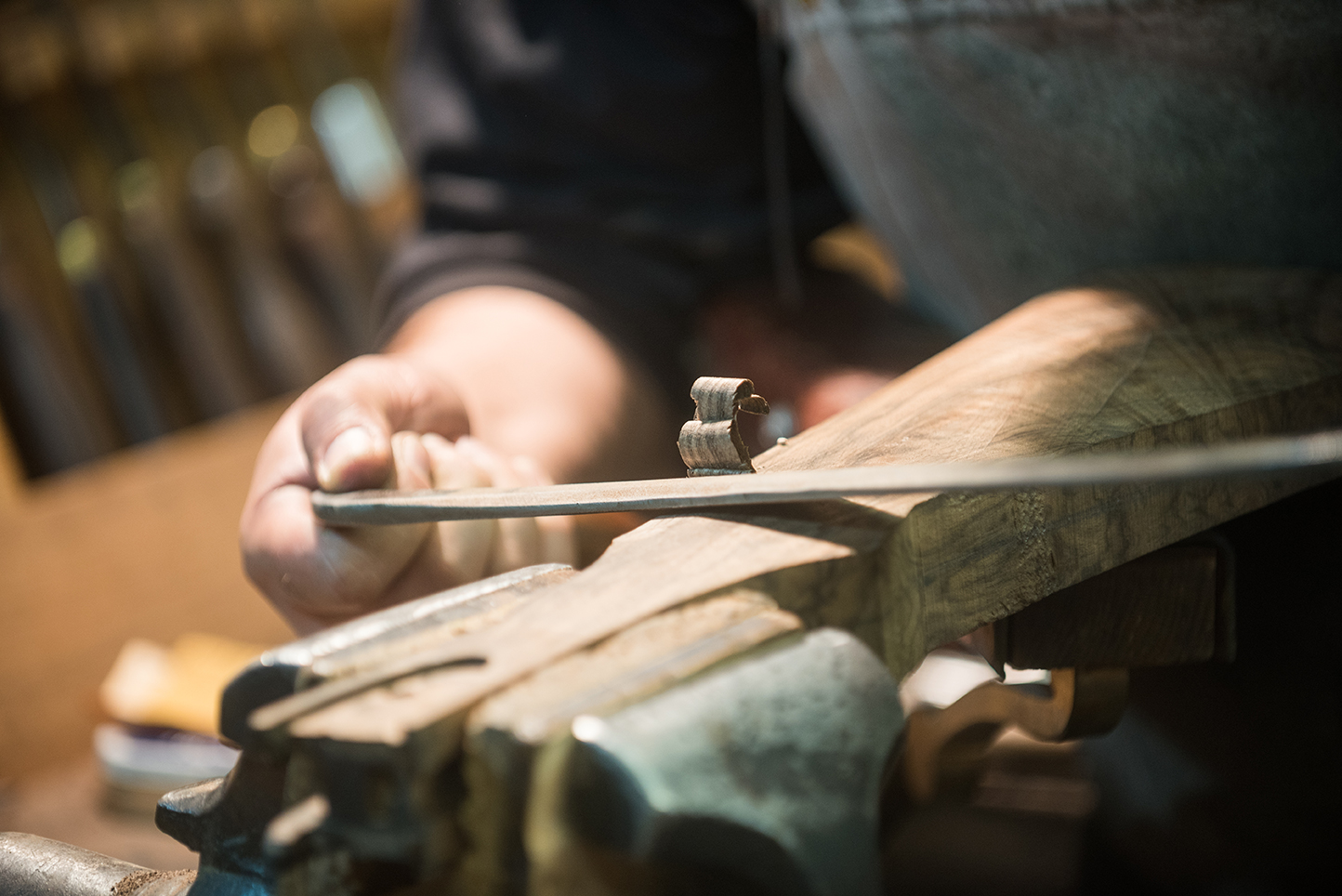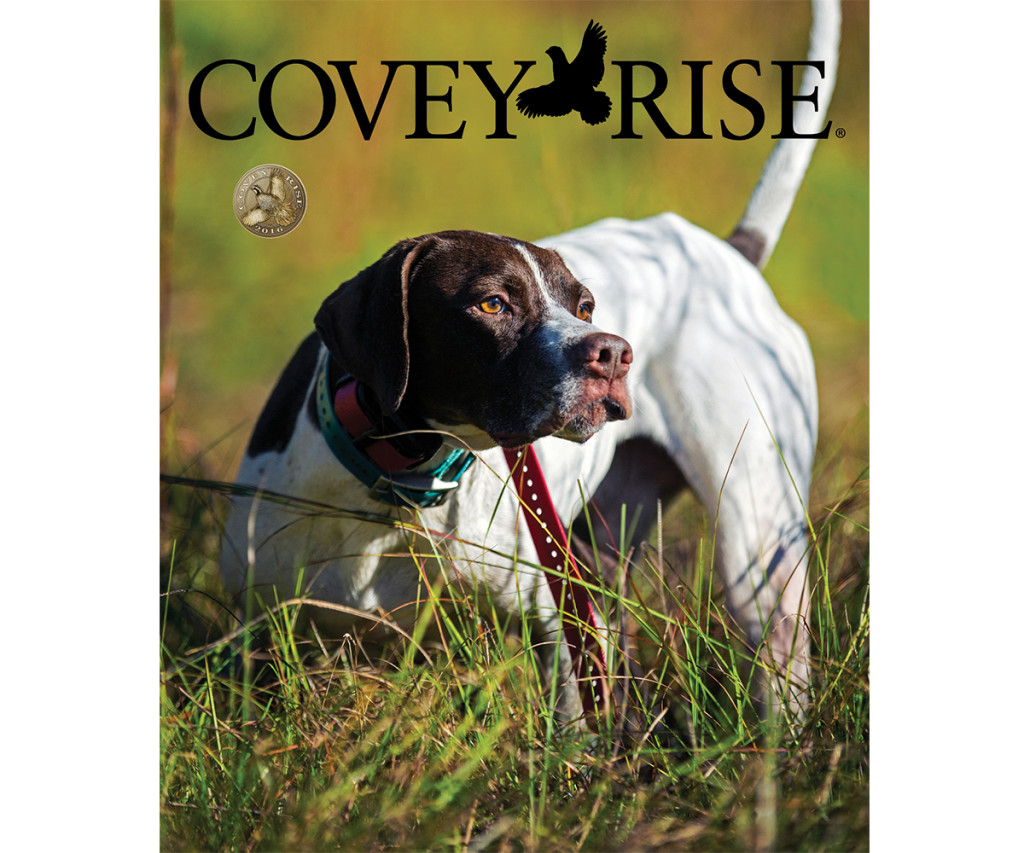THE JUNE-JULY 2016 PREVIEW
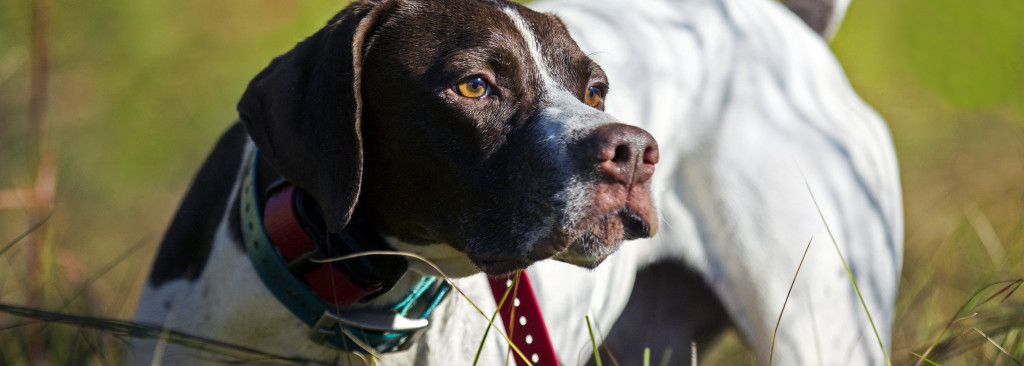
A look inside the latest issue of Covey Rise: Volume 4, Number 4
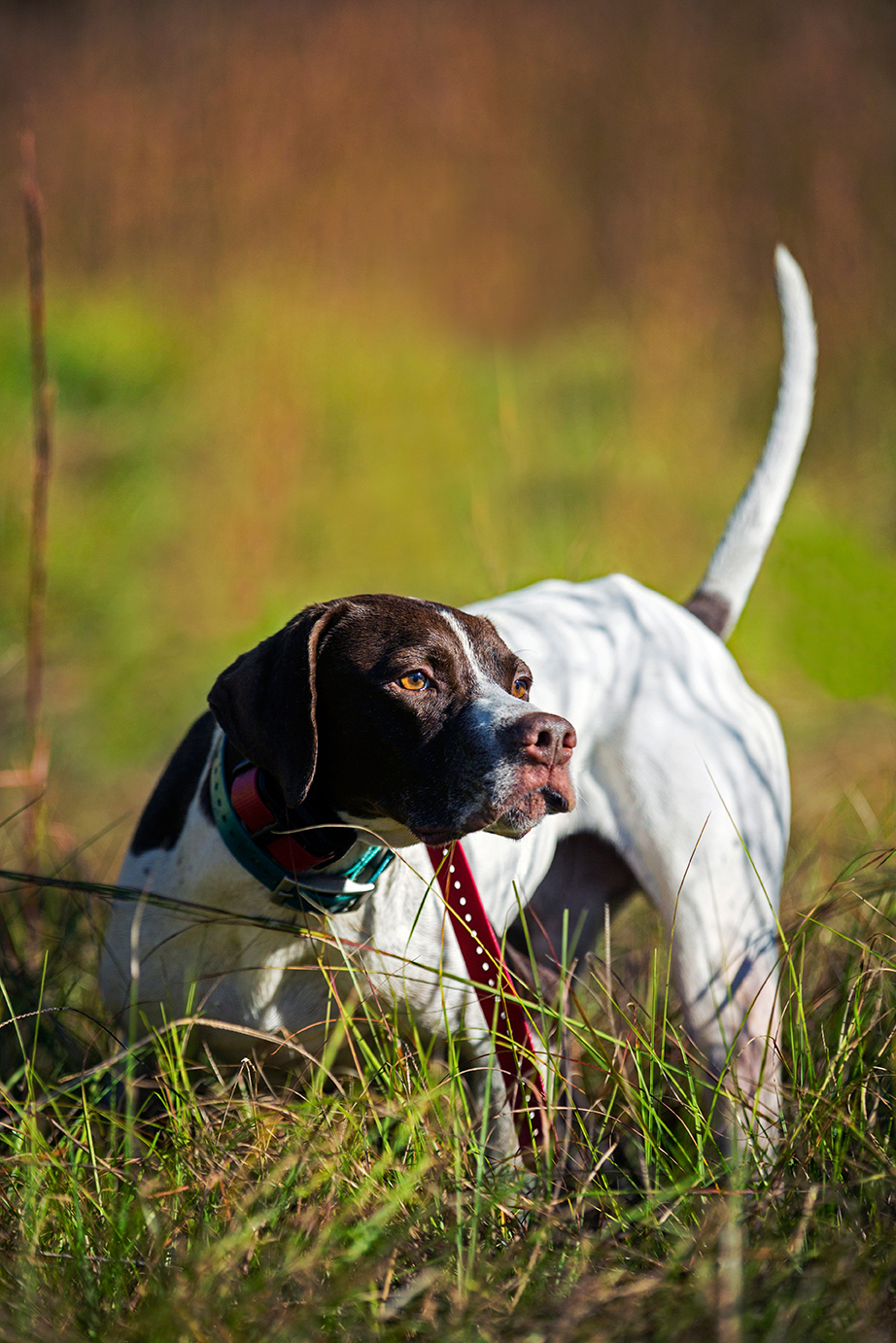
PHOTO BY TERRY ALLEN
All wingshooters get a special thrill from seeing, holding, or shooting a best gun. These are works of art as well as highly functional tools of our passions. In the June-July issue, we meet stocker, a sculptor of wood who creates the beautiful stocks on best-quality guns: his name is Paul Hodgins. Born and raised in the UK and living and working now in the US in Logan, Utah, Hodgins was part of a unique apprentice program at Holland & Holland that he joined in 1973 at age 16. There, he had intense training and acquired the skills to become a stocker, or a “sculptor” of finely finished wood on best shotguns. Read “Sculpting Wood” by Greggory Elliott and you’ll have an even greater appreciation for the craftsmanship that goes into a best gun.
More on the best of the best takes you to Longpine Plantation outside of Thomasville, Georgia, for a story on a special-invitation quail hunt from Covey Rise’s back-page columnist Dr. John C. Blythe. Though a son of the South and a lifelong quail hunter, Doc Blythe had never hunted truly wild quail on a private plantation—before being invited behind the gates of Longpine, as he writes, “a nearly 6,000-acre savanna of towering longleaf pines and open fields. It presents one of the most unique and picturesque sites a quail hunter can imagine. Add to that a wagon pulled by a brace of Clydesdales, hunters mounted on Tennessee Walking Horses, pointers rigid on point—and you have a picture almost too ideal to be real.”
The very best of driven shooting, in the classic European tradition but offered now in the Teton Valley of Idaho—that means a trip with Blixt & Company. We take you there for a special Blixt Sporting Days outing and a simulated driven shoot, where guns (as shooters are called) aim for clay targets released to simulate driven pheasant and red-legged partridge, which are flushed overhead of the guns in erratic and very high flights—challenging shooting, indeed. One return participant of Blixt shoots, Roger Sanger, sums it
up about the program started by Lars and Jen Magnusson: “Lars and Jen are trying to uphold the heritage, for example, with necktie and breeks for gentlemen. They haven’t tried to ‘Americanize’ the sport. Many of us like that, it gives you a different feel. You can’t use an automatic or a pump gun, for safety and also because of tradition. Only a two-barrel gun is allowed, for safety and for the sport of it.”
The best . . . we continue with that theme in our vehicle review of the Range Rover Sport, quite possibly the very best “gun bus” you’ll ever drive. Gun bus is the British term for the transport at an estate shoot, often a repurposed military vehicle that carries a group of guns to the shooting grounds. But not the posh Range Rover Sport—it offers first-class comfort, with exceptional performance. The author, Silvio Calabi, quotes the vehicle company’s chief program engineer Stuart Frith on what he is proudest of about the RRS: “(Frith) thought a moment and then said, with British understatement, ‘It’s the way the vehicle seems to stretch the laws of physics.’”
Let’s not forget food, glorious food, done Covey Rise style—Managing Editor Miles DeMott takes us to a memorable meal at Peninsula Grill, an anchor venue in the fantastic Planters Inn, in Charleston, South Carolina. Miles writes: “Planters Inn reinvented a corner and plowed new life into what is now thought to be the most expensive dirt in all of South Carolina. Nice work if you can get it. Essential to this effort has been the companion restaurant, Peninsula Grill.” Chef Graham Dailey plans his menu with creative intent, but he’s vigilant about the restaurant’s business, as well. Join Miles, and Chef Dailey, on an artistic vigil, in Charleston.
Plus, an African gamebird safari, a profile of an incredibly talented artist, our expanded Sportsman’s Bookshelf, and our regular columns and departments.
We take you there for a special Blixt Sporting Days outing and a simulated driven shoot, where guns (as shooters are called) aim for clay targets released to simulate driven pheasant and red-legged partridge, which are flushed overhead of the guns in erratic and very high flights—challenging shooting, indeed.





